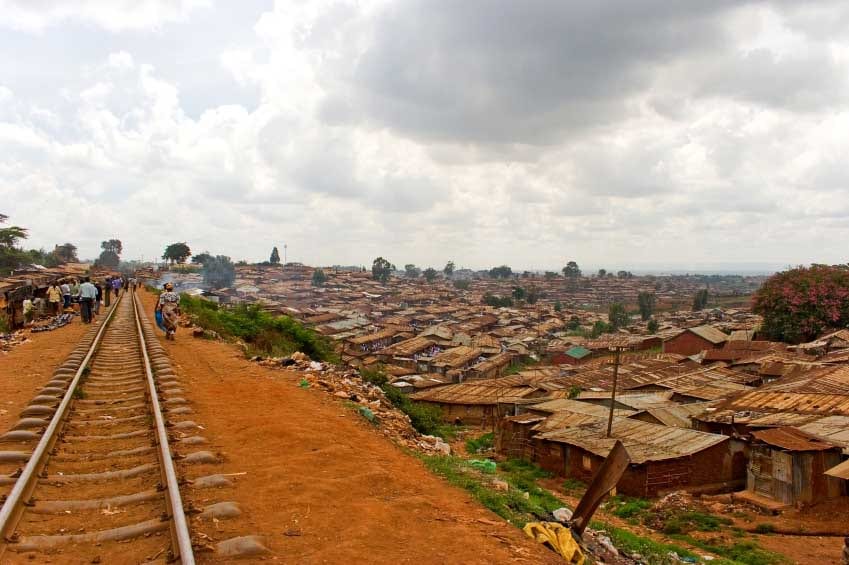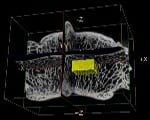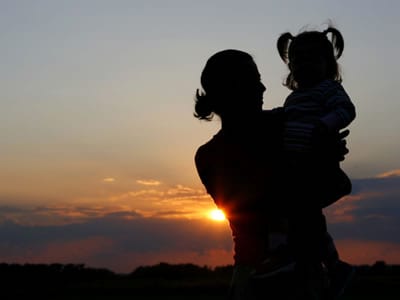Shawna, who is pregnant, calls diabetes a scourge. She is a member of the Akimel O’odham tribe in Arizona. “Diabetes is a sign that this life we’re living isn’t our life,” she says. “The one our ancestors had was way better.”
Before World War II, diabetes was rare among the members of the Akimel O’odhams, also known as the Pima. Today, however, Shawna is among the 12,000 tribal members on the Gila River Reservation in south central Arizona who have the highest recorded rate of diabetes of any population in the world.

The decline of agriculture set the stage for the health crisis, says Carolyn Smith-Morris, assistant professor of anthropology in SMU’s Dedman College and author of the new book “Diabetes Among the Pima: Stories of Survival” (University of Arizona Press, 2006), the first ethno-graphic account of diabetes in a community. The dramatic change of diet and reduction in activity levels, as well as a genetic predisposition to the disease, led to the epidemic, which affects 50 percent of the adults on the reservation, says Smith-Morris.
“This epidemic is about a culture defining its path in an industrial world,” she says.
For more than 30 years, the National Institutes of Health and other government and private agencies have studied the disease in the isolated Akimel O’odham population. Much of what doctors know about diabetes, a chronic disease that develops when the pancreas stops producing insulin, is based on research with the Akimel O’odhams.
Beginning in 1996, Smith-Morris lived and worked part time on the Gila River Reservation, attending health care classes, visiting medical clinics and joining holiday parades, birthday parties and bingo nights.
“After two and half years, I was finally invited to my first family memorial, spent my first nights in Pima homes, and began in earnest to study life at Gila River,” she says.
As a medical anthropologist, she has helped health care workers at Gila River better understand the Akimel O’odham culture and its attitudes about diabetes. She has spent 10 years studying the causes and conditions of the epidemic. Smith-Morris found that diabetes care practices that work in other cultures have not been as successful with the Akimel O’odhams.
From information gathered through personal interviews, surveys and observation, Smith-Morris’ research suggests that the Akimel O’odham’s diabetes epidemic can be curbed through a community-based approach tailored to their culture.
More than 95 percent of the population is obese, a risk factor of diabetes, but promoting jogging hasn’t worked well in a desert with few paved roads, Smith-Morris says. And a health care system based at one hospital is not always effective on a 372,000-acre reservation, where most residents live in poverty and where many residents don’t have cars. Buses run regularly to carry people to medical appointments, but the Akimel O’odham culture does not live by the clock, she says. In fact, while living among the Akimel O’odham, Smith-Morris deliberately slowed her big-city gait to match their more leisurely pace. In addition, diet change is expensive for a population where most live in poverty.
Based in part on her research, the tribe has spent millions of dollars to develop community-based clinics staffed by field nurses and case managers who provide more home-based care.
Smith-Morris’ research also suggests that improving prenatal care for Akimel O’odham women like Shawna can help curb the diabetes epidemic. Nearly 12 percent of pregnant women on the Gila River Reservation are diagnosed with gestational diabetes, compared with the U.S. average of 4 percent. Women with gestational diabetes and their babies are more likely to develop Type 2 diabetes and its complications of kidney failure, blindness and amputations later in life.
“The Pima want to avoid diabetes,” Smith-Morris says. “They want to learn, but not always through the traditional Western methods of written materials and lectures. This epidemic is about a culture defining its path in an industrial world.”
Smith-Morris’ current research focuses on diabetes prevention in the urban setting of South Dallas, where 33 percent of families live in poverty and 61 percent are unemployed. She developed the diabetes prevention component of a proposed $15 million project to create a wellness center in a South Dallas neighborhood. The Baylor Office of Health Equity and the Foundation for Community Empowerment are developing plans for the community-based program.
“My advocacy in these projects has impressed upon investors and planners that healthier lives need less clinic-based, biomedical intervention and more infrastructure support such as family-friendly neighborhoods and jobs that pay a living wage,” she says.
She sees positive signs of change as tribal officials are taking more control of their health care system and health education. The hospital has hired more field nurses who travel to patients’ homes. Pima women are encouraged to fry their traditional bread in oil instead of lard.
Non-Native American health care workers also have a new opportunity to better understand their patients’ culture. Bill Knowler, head of the NIH diabetes, digestive and kidney disorders research office in Phoenix now requires all Gila River Reservation NIH workers to read Smith-Morris’ new book. — Nancy Lowell George
Related links:
Carolyn Smith-Morris
Gila River Indian Community
“Diabetes Among the Pima: Stories of Survival”
SMU Department of Anthropology
Foundation for Community Empowerment
Baylor Office of Health Equity
Dedman College of Humanities and Sciences
 For hundreds of years the beauty and mystery of Taos, New Mexico, have lured thousands of settlers and visitors, from the ancestors of the Taos and Picuris Indians and Spanish settlers to skiing enthusiasts and artists.
For hundreds of years the beauty and mystery of Taos, New Mexico, have lured thousands of settlers and visitors, from the ancestors of the Taos and Picuris Indians and Spanish settlers to skiing enthusiasts and artists.

 Southern Methodist University psychology professor
Southern Methodist University psychology professor  New research by a U.S.-U.K. team that included SMU archaeology student
New research by a U.S.-U.K. team that included SMU archaeology student 














